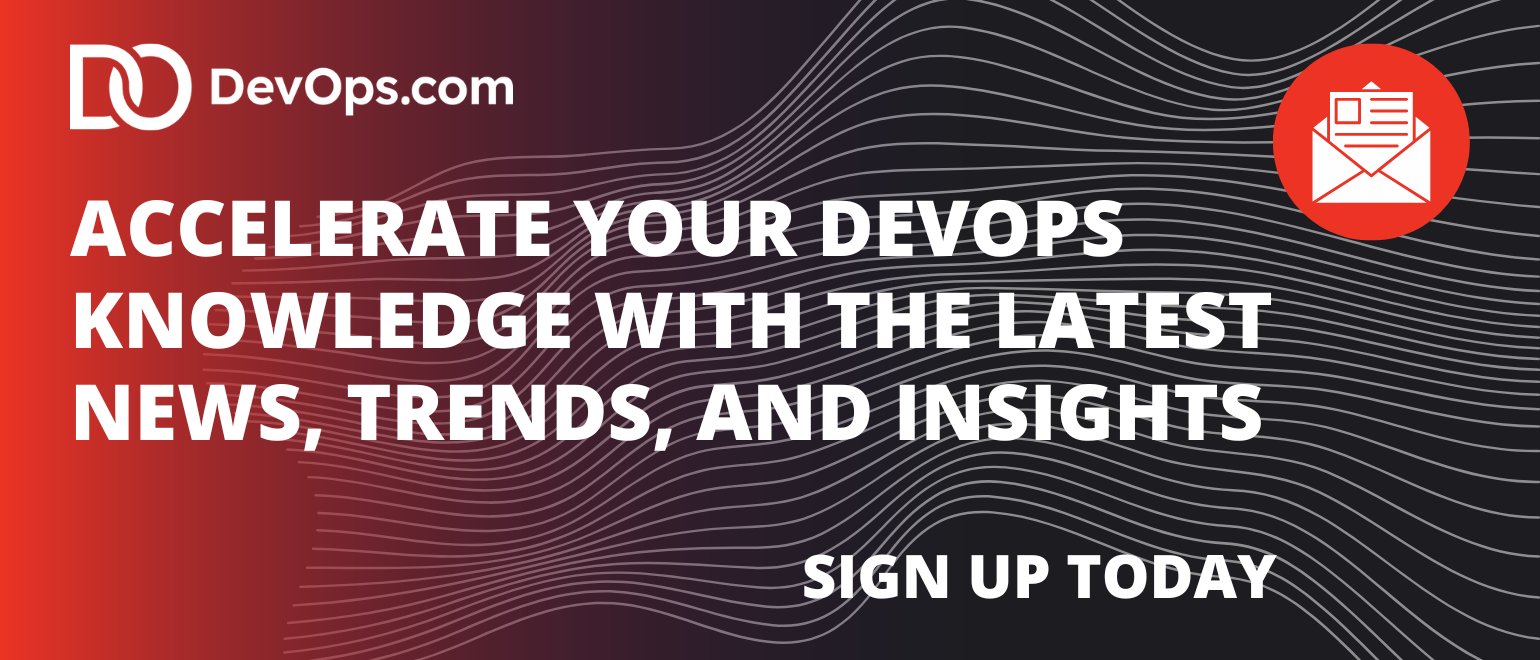“Why do you spend so much time creating artifacts before telling your AI agent to start coding?”
This is a question that reveals a growing disconnect in how many teams are approaching AI in software development. While AI continues to advance rapidly, simply plugging it into an integrated development environment (IDE) and asking for code isn’t enough.
Today’s AI agents can navigate codebases, interpret architectural documentation, analyze logs, execute CLI commands and, in some cases, even ship entire pull requests. In fact, some agents have gone from contributing just 10-15% of code generation to 50-60% of it.
According to Stack Overflow, 82% of developers currently using AI tools rely on them primarily for writing code, while nearly half of those not yet using AI are most interested in applying it to testing. But to truly operate with the autonomy and precision that DevOps pipelines demand, AI agents need more than intelligence; they need context.
In a landscape driven by automation, integration and scalability, a well-structured context engineering strategy is essential to unlocking the full potential of AI across the software development lifecycle (SDLC).
Building DevOps-Ready AI Agents With Context
AI agents continue to evolve, but in order for them to contribute meaningfully across the DevOps lifecycle, they must be treated like full-stack teammates. This means enabling them to support not only development tasks but also planning, testing, deploymen and operations.
To power this level of contribution, organizations need to build a solid context provisioning foundation, which is rooted in four key areas:
- Implementation Planning: Before any code is generated, development teams should engage AI agents to help co-create feature designs, product requirements documents (PRDs) and implementation strategies. Most AI-enabled programming tools include a “plan mode,” which allows agents to understand goals, relevant documentation, standards and constraints – critical for building advanced context. Planning with the agent ensures it understands the architectural goals and functional requirements behind the task. Equally important is enforcing internal standards – such as naming conventions, folder structure, security guidelines or error-handling patterns – so that the agent’s code integrates seamlessly with workflows.
- Live Integration with Development Systems: Static snapshots of code aren’t sufficient in fast-moving DevOps environments. Agents need real-time access to GitHub repositories, including pull request history, commit messages and reviewer comments. By connecting these with issue-tracking platforms like Jira and granting access to documentation sources like Confluence, agents can understand how past decisions were made and what logic to use. This awareness improves alignment and reduces context-switching during development.
- Access to a Living Knowledge Base: DevOps workflows often span dozens of tools, so agents must be equipped to reason through them. Teams can support this using AI-native IDEs, such as Cursor or Windsurf, that index up-to-date third-party libraries and package documentation. Additionally, leveraging Model Context Protocol (MCP) servers like Context7 gives agents real-time access to the latest documentation for commonly used libraries and packages, ensuring more accurate and context-aware code generation. This evolving knowledge base reduces hallucinations and improves alignment with existing tooling and standards.
- Expanded Operational Scope: Teams should enable AI agents to interact with the full browser environment using tools like BrowserMCP or BrowserTools MCP. This would allow them to inspect the document object model (DOM), analyze network requests, and review console logs. In addition, granting agents access to real-time log data from platforms such as CloudWatch, Datadog and Sentry would support intelligent debugging and monitoring. As these capabilities mature, agents may also support deployment validation, rollback analysis and post-incident reviews.
Why it Works: Context = Autonomy
What makes context provisioning impactful is its ability to help AI agents to reason, not just respond. When agents are given relevant documentation, code standards, live development artifacts and visibility into the runtime environment, they can approach tasks with more autonomy. This enables faster, more accurate code with fewer iterations and meaningful contributions across the SDLC.
For example, a large payment orchestrations company required its deeply complex Looker embedded reports to be converted to a Vue.js and a custom charting library stack. In order to achieve this, a detailed context engineering approach was taken. This involved setting up comprehensive rules for the Cursor agent as per the target codebase; configuring a browser MCP for the agent to interact with existing reports, enabling the creation of PRDs; indexing the charting library documentation; and creating a taskboard for the agent with a playbook to generate the target Vue.js and charting library code. As a result, the agent was able to autonomously generate 70-80% of the code and doubled the speed of report migration.
The shift is also redefining the role of the developer. Context doesn’t just improve quality, it fosters trust, allowing teams to delegate more to AI while focusing their own time on high-value problem solving. Developers have moved on from menial tasks like writing code to orchestrating workflows, curating context and supervising intelligent agents.
Final Thoughts
To unlock the full value of AI agents, they must be treated like real contributors, not simply added to workflows because of hype. From onboarding them with clear expectations, to giving them access to systems and letting them participate across the SDLC, they should play a role across strategy, implementation, testing, deployment and monitoring.
By implementing context provisioning, teams can supercharge their engineering velocity, tighten feedback loops and shift AI from an experiment to a core part of the SDLC. In today’s business landscape, the most effective DevOps organizations won’t be the ones with the flashiest tools; they’ll be the ones that make their agents act like engineers.




